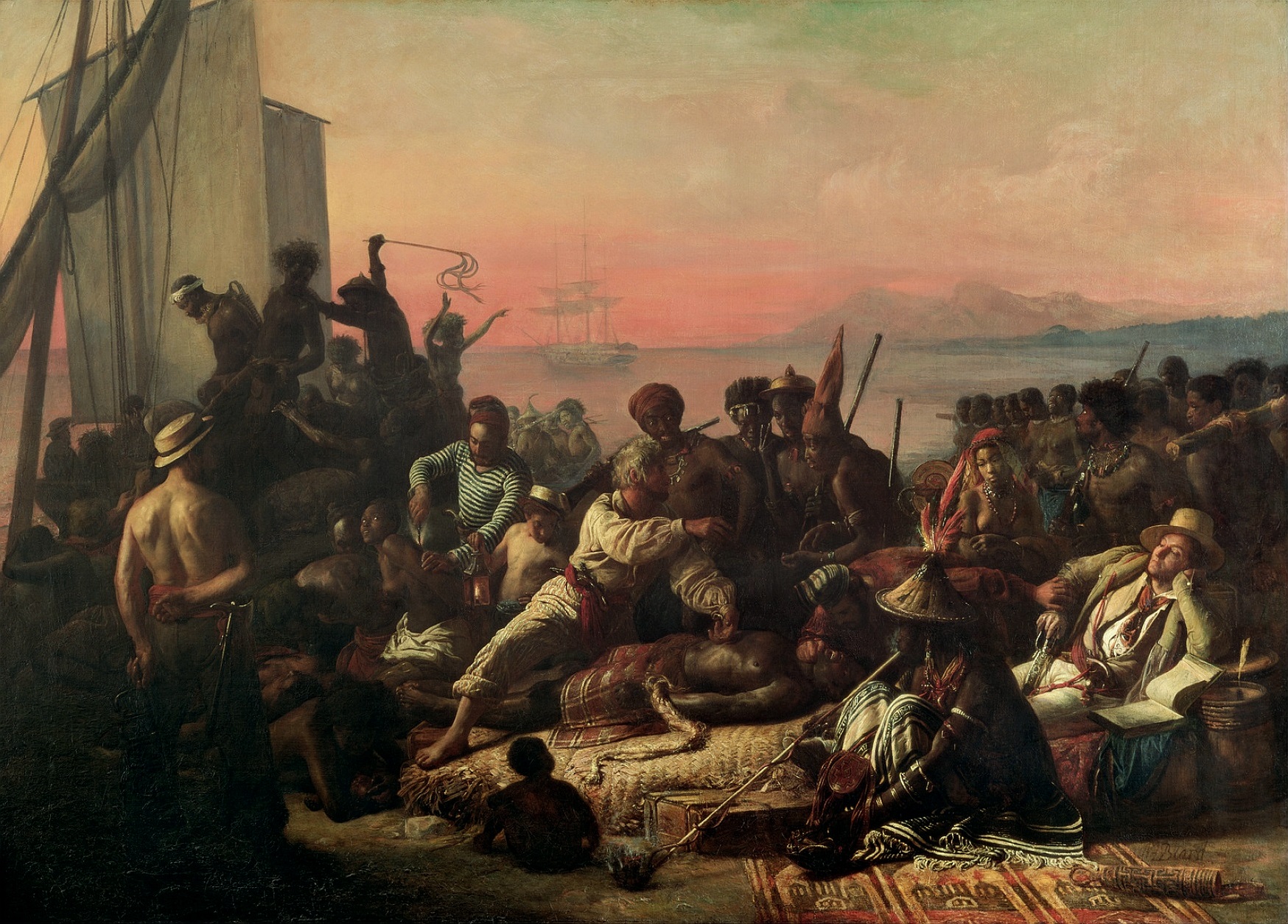Stealing for the market: the illegitimacy of enslavement in the early modern Atlantic world
by Judith Spicksley (Wilberforce Institute, University of Hull)
This research will be presented during the EHS Annual Conference in Belfast, April 5th – 7th 2019. Conference registration can be found on the EHS website.

Slavery was understood to be illegitimate long before anti-slavery activists called for the abolition of the slave trade in the eighteenth century. Slavery is now prohibited in international law, but it was a legal institution in the vast bulk of societies at some point in the past.
A range of legal methods were used to enslave people, of which the most common were birth, capture in war, judicial punishment, debt, and poverty. But there was another method of enslavement that historians include in their list: the kidnap and theft of persons for sale on the market.
These practices were never considered acceptable forms of enslavement. In among the earliest law codes that survive from Old Babylonia in the second millennium BCE, to Israel in the first, are punishments for the theft of a person, which attracted the death penalty.
But demand for slaves created opportunities for traders to sell those they had stolen as if they were slaves proper, and increase their wealth in the process. These cases of illegal enslavement ran alongside bona fide sales throughout the period in which slavery was legitimate.
Examples include the activities of Cilician-based pirates in the eastern Mediterranean in the late Roman Republic and early Empire, and the violent sourcing of labour in Africa for the American plantations in the early modern Atlantic world. But it was the raiding bands that scoured the Slav lands of Eastern Europe for captives in the high medieval period that encouraged an understanding of the meaning of slavery as illegal in the west.
The term ‘slave’ appeared in English, and in the languages of Western Europe more generally, from the late medieval period via the ethonym Slav. This was the name given to members of the Slavic peoples living in Eastern Europe whose communities were frequently raided for persons who could be sold as slaves.
But the term ‘slavery’ does not enter the English language until the mid-sixteenth century. At that point, it was applied as a metaphor for the tyranny of Catholicism, as the development of Protestantism created a major religious schism.
The term ‘slavery’ was also applied to the activities of the earliest English slave traders. During his first voyage in 1562, John Hawkins is reputed to have violently captured around 400 Africans in Guinea, whom he later sold in the West Indies. He repeated these activities over the next five years with the support of Queen Elizabeth.
Hawkins was following in the footsteps of other Europeans, most notably Lançarote de Freitas, the Portuguese explorer, who is recognised as having set the transatlantic slave trade in motion. De Freitas returned from North Africa to Lagos in 1444 with a cargo of 235 Berber captives seized in a series of raids, who were subsequently sold into slavery.
From the mid-seventeenth century, with the challenge to the divine right of kings, ‘slavery’ became a metaphor for, and a weapon of, political tyranny in England. It also became a reality for travellers.
The seventeenth century saw an increased level of activity by the so-called Barbary pirates, operating out of North Africa, who seized European sailors and travellers and held them as ‘slaves’ for ransom. Englishmen and women were captured and enslaved in the Americas too, as the Atlantic economy underwent expansion.
As a result, the meaning of ‘slavery’ as a system of illegal subjection, linked to tyranny, violence and theft, had become deeply embedded in English thought before the abolitionists were established as an organised force from the late eighteenth century.

